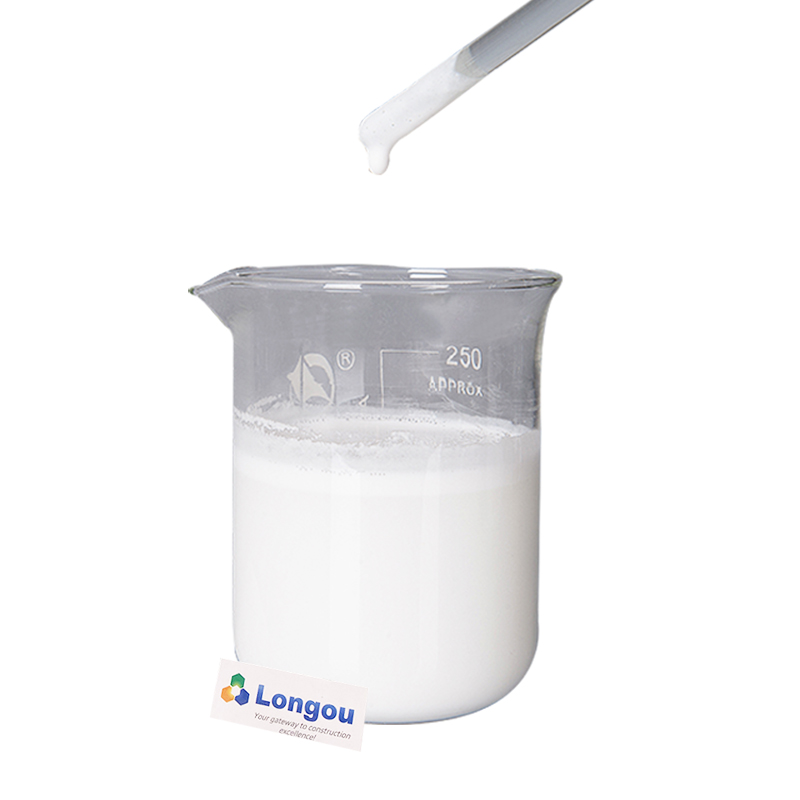Why use a styrene-acrylic polymer for concrete render?
Using a styrene-acrylic polymer in concrete render offers several advantages and improvements to the render's properties and performance. Concrete render is a mixture of cement, sand, and water that is applied to surfaces like walls and ceilings to create a smooth and durable finish. The addition of a styrene-acrylic polymer to the render mixture enhances its overall quality in the following ways:
1. Improved Adhesion: Styrene-acrylic polymers are known for their excellent adhesion properties. When added to the concrete render mix, they form strong chemical bonds with both the substrate and the cementitious materials, promoting better adhesion to the surface. This ensures that the render adheres firmly to the substrate, reducing the risk of delamination and improving its longevity.
2. Increased Flexibility: The presence of styrene-acrylic polymer enhances the flexibility of the concrete render. This is especially beneficial when applied to surfaces that may experience slight movements or vibrations, such as exterior walls. The increased flexibility helps the render to better withstand minor structural shifts without cracking or separating from the surface.
3. Crack Resistance: Styrene-acrylic polymers act as modifiers, improving the overall toughness and crack resistance of the concrete render. This is particularly important in render applications, as cracking can lead to water infiltration and subsequent damage to the substrate. The polymer helps distribute stresses within the render, reducing the likelihood of cracks forming.

4. Water Resistance: The incorporation of a styrene-acrylic polymer enhances the water resistance of the concrete render. This is crucial for exterior render applications, as it helps protect the underlying structure from moisture penetration, preventing water-related issues like efflorescence, freeze-thaw damage, and mold growth.
5. Durability and Longevity: The use of styrene-acrylic polymers improves the overall durability and longevity of the concrete render. The enhanced adhesion, crack resistance, and water resistance contribute to a render surface that can withstand various weather conditions and environmental stresses, ensuring a longer-lasting finish.
6. Workability and Application: Styrene-acrylic polymers can improve the workability of the concrete render mixture, making it easier for tradespeople to apply and shape the render on the surface. The enhanced workability can lead to a smoother and more consistent finish.
7. Reducing Efflorescence: Efflorescence, the white, powdery deposit that can form on concrete surfaces due to soluble salts leaching out, can be reduced with the use of styrene-acrylic polymers. The polymer helps to reduce the penetration of water and salts into the render, minimizing efflorescence formation.
In conclusion, incorporating a styrene acrylic polymer in concrete render offers numerous benefits, including improved adhesion, flexibility, crack resistance, water resistance, durability, and workability. These enhancements result in a higher-quality render with increased longevity and performance, making it a popular choice for both interior and exterior render applications.



